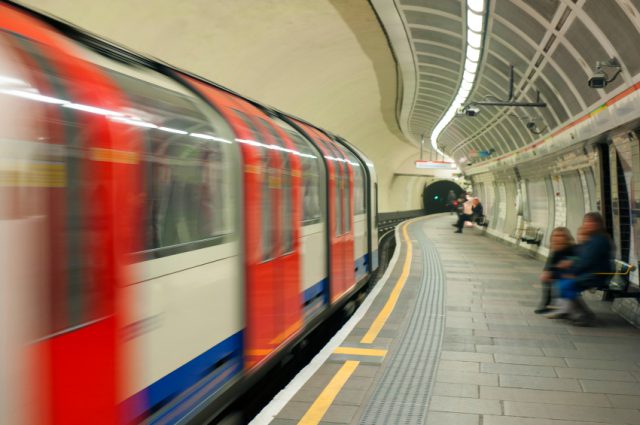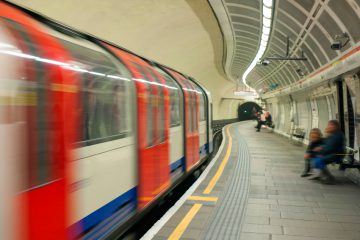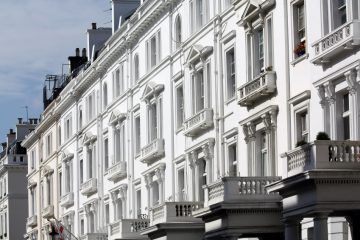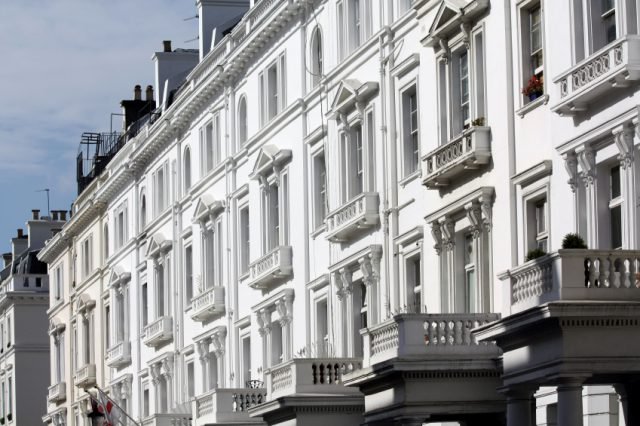The Cost of Renting Across the Capital
Although the cost of renting in the capital has slowed for the second quarter this year, unprecedented levels of demand mean that tenants are still struggling to find affordable housing.
A new report from flat and house share website SpareRoom.co.uk found that the average rent price in the capital has risen by just 1% over the year, taking the typical cost of renting a room to £734 per month in London.

The Cost of Renting Across the Capital
Although the cost is continuing to rise, this year’s rate of growth is significantly lower than the 8% recorded between 2014-15.
The Director of SpareRoom, Matt Hutchinson, explains: “It seems many areas of London are at rental saturation – people simply can’t afford to pay higher rents, so they’re stabilising.”
A third of postcode districts in the capital have seen an annual decrease in average room rents, with prices falling by 4% in northwest and 2% in west central and east central London.
A slowdown in rent price rises has also been seen across the wider residential lettings market. However, a recent report claims that rents are up in prime central London, as buyers remain cautious over the Brexit outcome.
Parts of southwest London are also bucking the trend, such as Barnes, Tooting, Mortlake and West Brompton/Chelsea, with average room rents now at £763 per month following a 5% annual increase.
However, demand continues to be high in this part of the capital, as an increasing number of tenants are priced out of Clapham, Battersea and Fulham. Four renters are competing for every room, while in west central London, the odds of securing a room are slightly lower, with five potential tenants for every vacancy.
The Head of Lettings at Rightmove, Sam Mitchell, reports: “Overall demand from tenants is at record levels. There will always be localised markets where there just isn’t enough property and rents therefore will rise. Typically, this happens in areas in Zone 2 with really good transport links.”
Mitchell also notes that following a rush of buy-to-let landlords to purchase rental properties ahead of the Stamp Duty deadline in April, the lettings market experienced an influx of properties on the market, which has led to a slowdown in rents.
According to SpareRoom, east London is the best bet for tenants to find a room, as it offers the greatest levels of supply and the cheapest prices.
Landlords looking for the highest returns should look to Abbey Wood in southeast London, which has recorded rent price growth of 21% over the year, largely due to the forthcoming Crossrail project. The average rent price per month here is now £564, cementing it as one of the few remaining areas with an average rent price under £600 a month.
The cheapest places in London to rent a room are Eltham (£518), Manor Park (£525) and Chingford (£544), which are all in southeast or east London.
With tenants heading east, landlords should move further out of central London to take advantage of high levels of demand.









